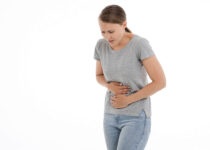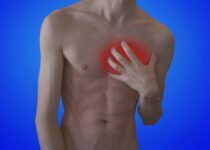Anemia 7 Diet Hacks – Effective or Not?
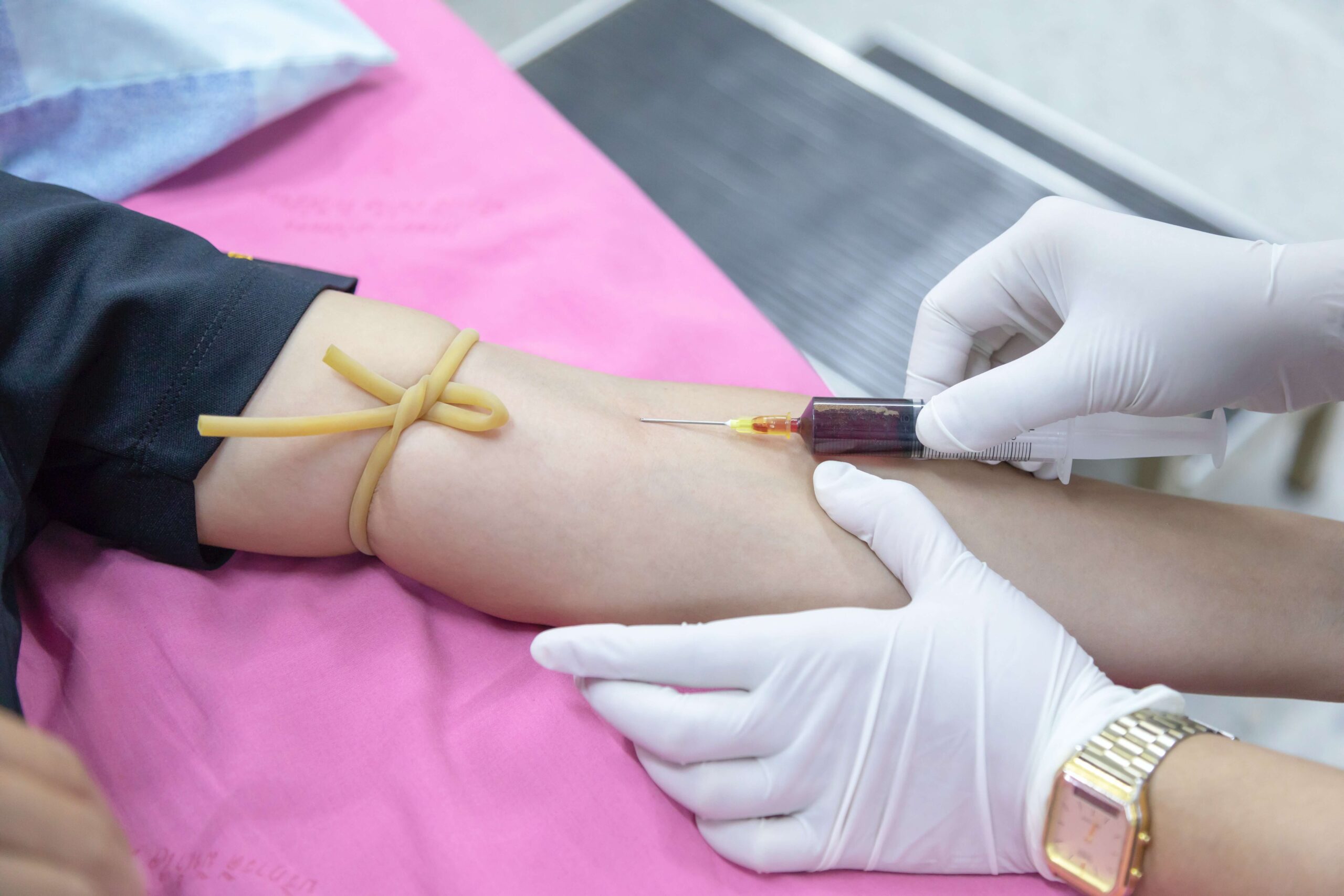 Anemia – what is it?
Anemia – what is it?
Anemia is a condition where there are a lot fewer red blood cells than usual. Low hemoglobin or hematocrit is the result of anemia in a daily task blood test. The essential protein in red blood cells is hemoglobin. It brings oxygen and hands out it all over your body. If anemia, your hemoglobin level will additionally be below. Low oxygen levels may result in tissues and organs not getting sufficient oxygen.
Three causes of anemia
1. Anemia due to blood loss
2. Anemia due to the substandard or diminished making of red blood cells
3. Anemia is caused by the wrecking of red blood cells.
Anemia due to blood loss
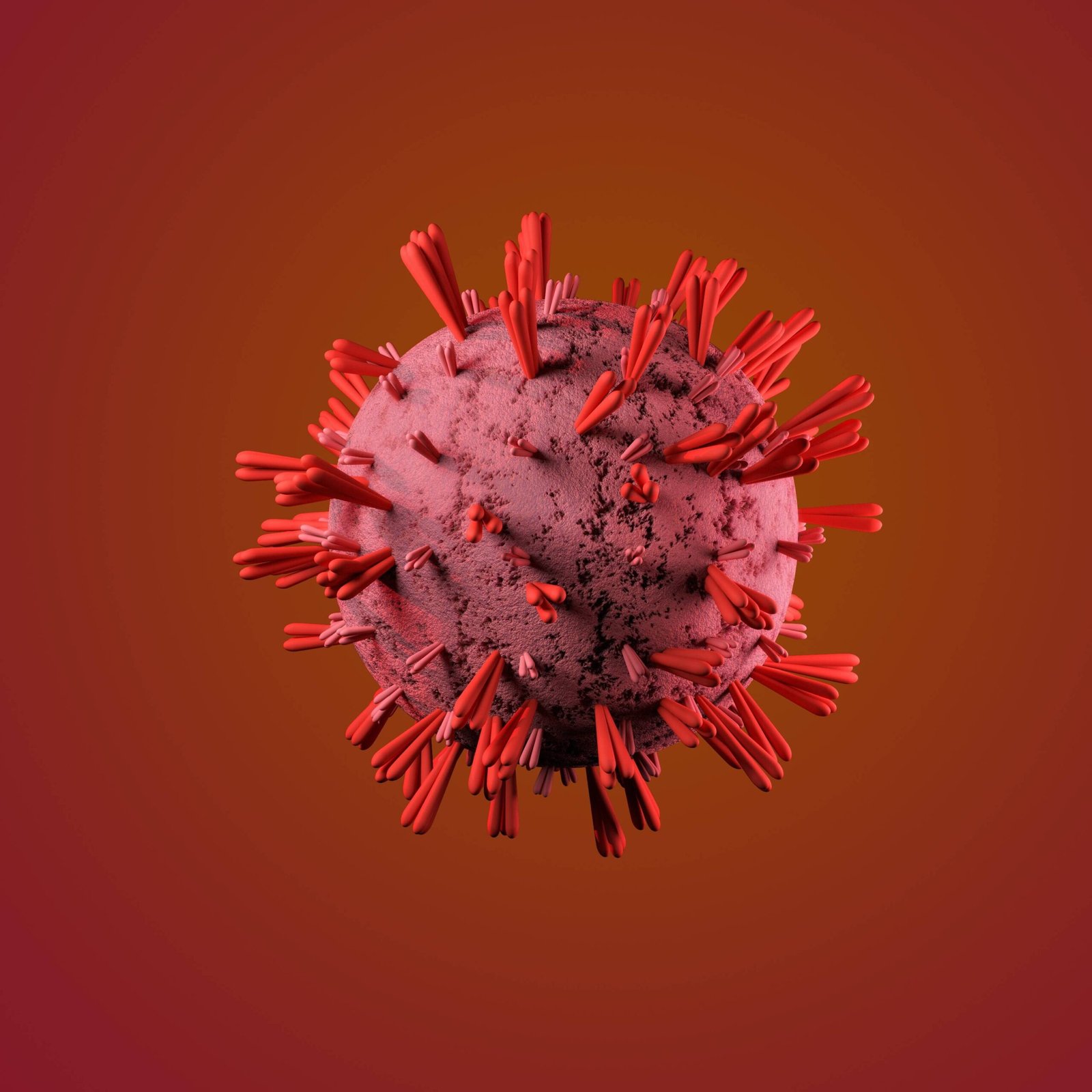
Bleeding can bring on red blood cells to be lost. It can happen slowly more than an extended period of time, and you perhaps not note it.
Anemia due to substandard or inadequate red blood cell production
This type of anemia results in your body not generating sufficient blood cells or your blood cells not operating according to normal. This can happen because over there is something mistaken with your red blood cells or because you don’t have sufficient minerals and vitamins to let your red blood cells beget normally.
Anemia due to the destruction of red blood cells
Anemia can happen when your red blood cells are unable to handle the strain of traveling through your body and burst, a condition known as hemolytic anemia. The condition may be exhibited in genes or maybe designed later.
There’re a lot of various serene types of anemia. Anyway, if the condition is not treated on time it can become more serious. The excellent headline is that anemia is frequently preventable and easily treated by receiving sufficient iron.
What Are The Best Ways To Prevent Anemia?
Iron-rich foods can prevent and treat several types of anemia. Fish, shellfish, and poultry are the best sources (especially beef and liver). Moreover, these foods, olive oil, lentils, peas, bean, prunes and raisins, spinach, lentils, beans, tofu, iron-fortified cereals, and pieces of bread are wealthy in iron.
Medicines can be utilized to treat several types. Surgical procedures or blood transfusions may be necessary in severe cases.
Ask your doctor about dietary supplements if you don’t get sufficient iron from your food. Compared to vegetables, meat and fish are better at consuming iron. Talk to your health care provider if you’re a vegetarian to make sure you’re receiving sufficient iron.
7 Diet Hacks for anemia
Adding these foods to your diet can assist you to get more iron and prevent anemia:
1. Veggies with green leaves
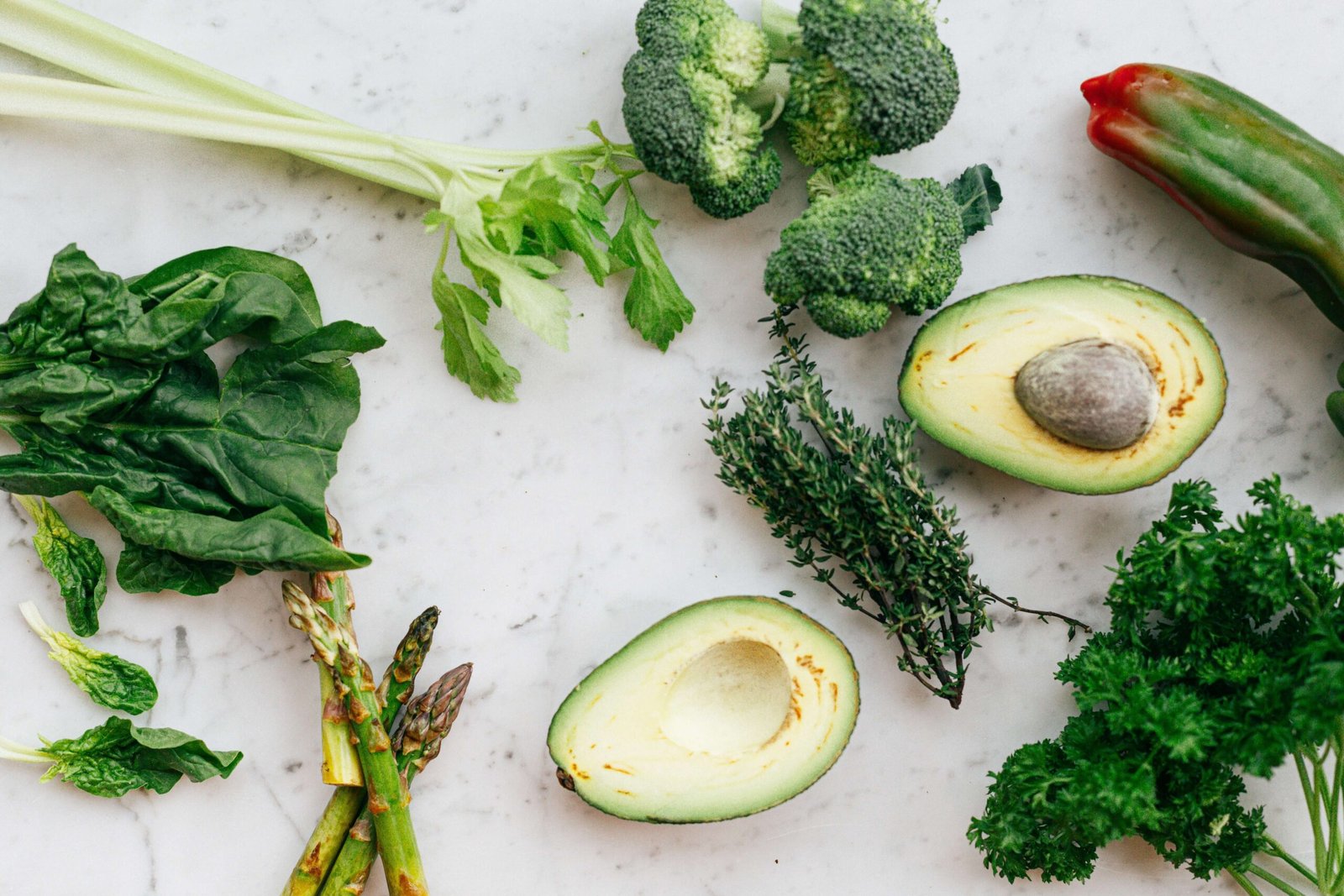
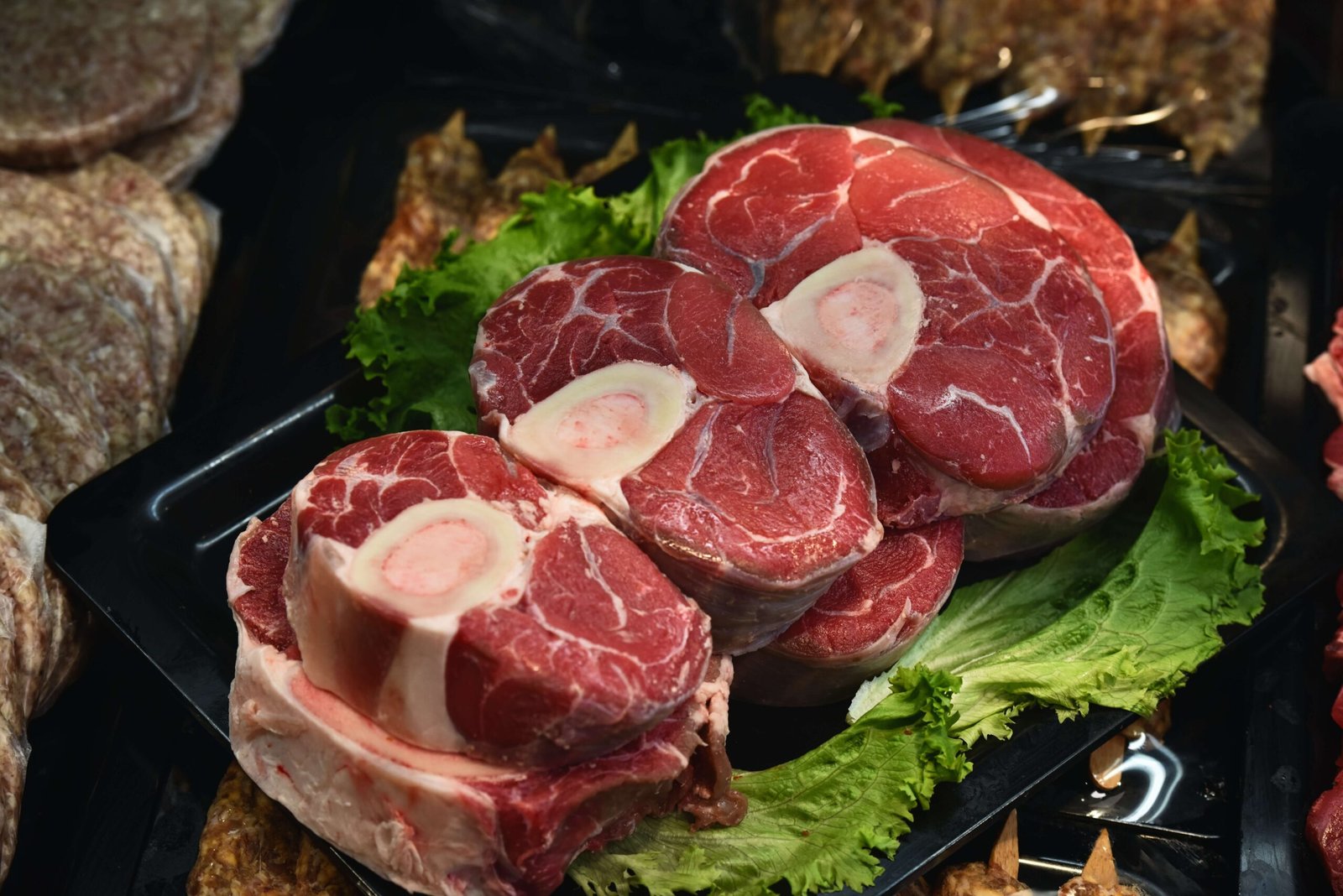
Dark leafy greens are amongst the best sources of nonheme iron.
In addition to Swiss chard and collard greens, folate is also found in several leafy greens. Diets low in folate can lead to folate weakness and anemia. Oranges, beans, and complete grains are perfect sources of folate.
Dismal, leafy greens are excellent for receiving iron, but there’s a catch. Iron-rich greens like spinach and kale additionally acquire oxalates. Oxalates can predicament iron absorption and prevent it from being absorbed.
You have not relied solely on your greens for anemia treatment, but you eat them as a division of the general nutritional program.
The vitamin C in your stomach helps it absorb iron. Absorbing leafy greens with foods that acquire vitamin C, that is, oranges, red peppers, and strawberries may double iron absorption. Greens, for example, collards and Swiss chard, supply both iron and vitamin C.
Meat and poultry both acquire heme iron. The best sources for red meat are lamb, beef, and venison. The amount of iron in chicken and poultry is lower. Consuming meat or poultry with nonheme iron foods, for example, leafy greens and vitamin C-rich fruit, can enhance iron absorption.
The liver
Organ meats are repeatedly shunned, but they’re a noteworthy source of iron.
The liver is arguably the most well-liked organ meat. This meal is wealthy in iron and folate. Organ meats wealthy in iron are added to the heart, kidney, and tongue of a cow.
4. Fish and seafood
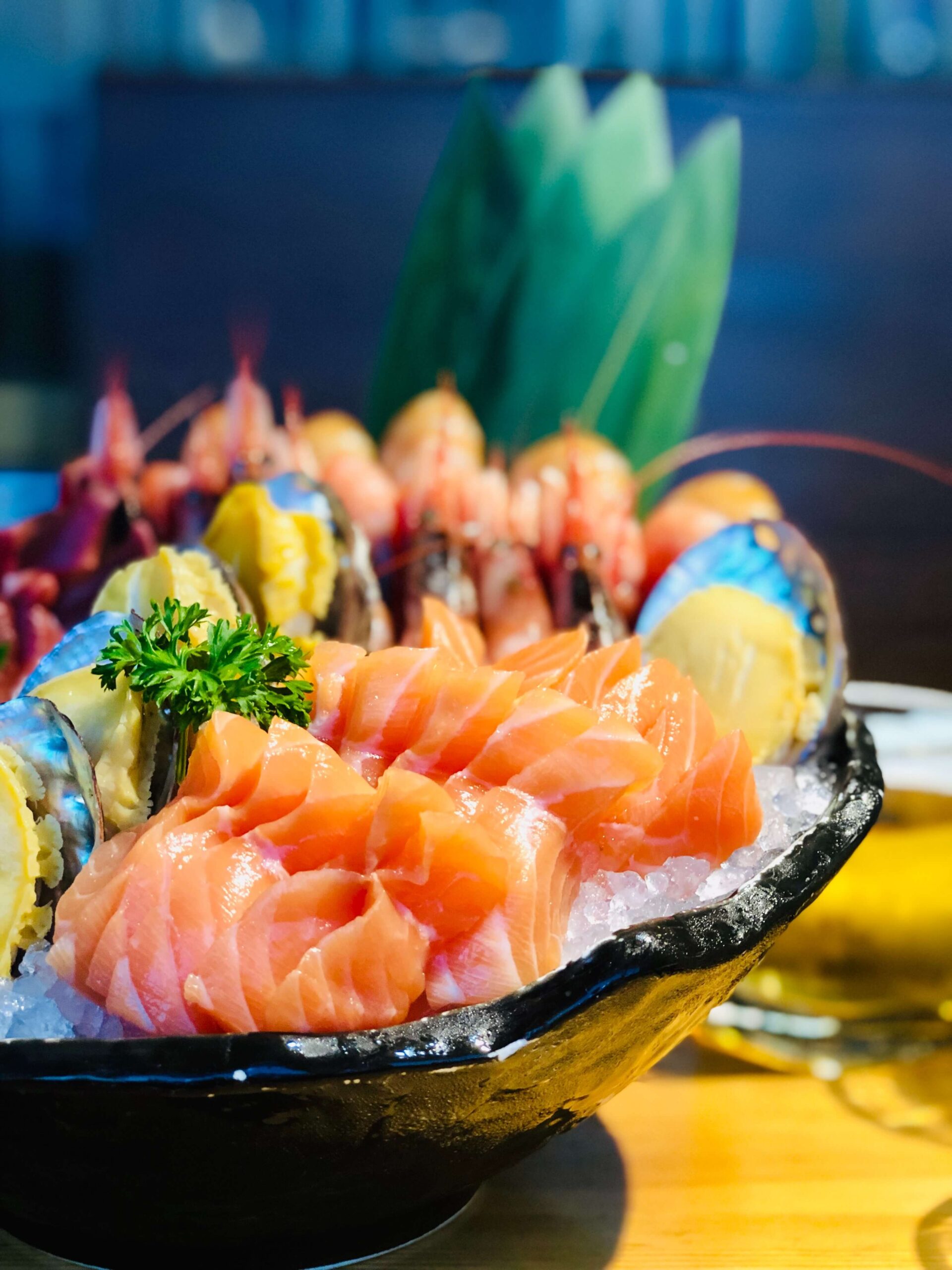
Several seafood products acquire heme iron. An excellent source of lipids is shellfish, for example, oysters, clams, scallops, crabs, and shrimp. Iron is found in the vast majority of fish.
Sardines are excellent sources of iron, but they’re additionally high in calcium.
Iron absorption may be reduced by calcium binding to it. Calcium-rich foods, such as cheese, kefir, and tofu, shouldn’t be eaten along with iron-rich foods.
5. Foods enriched with nutrients
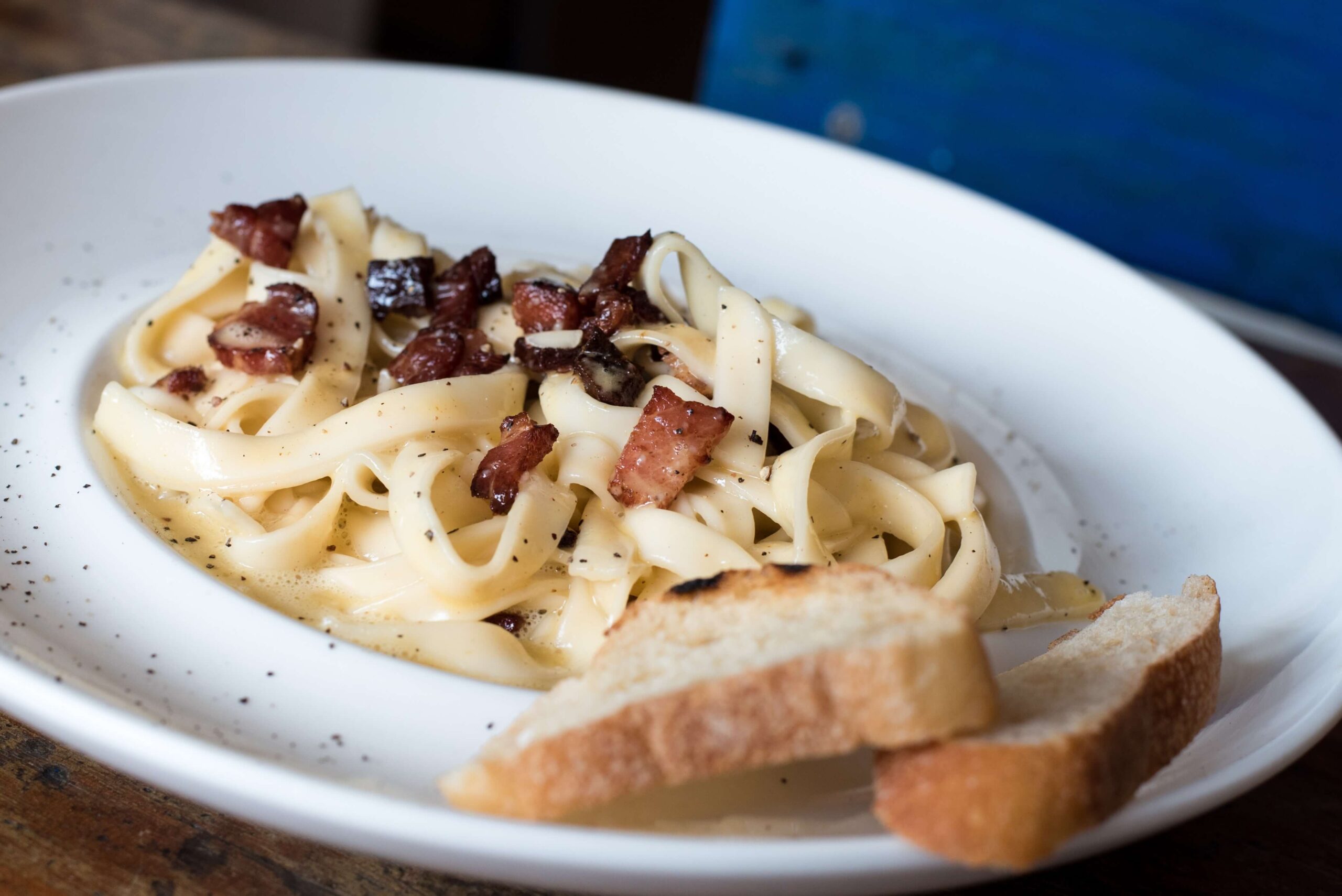
Several foods are fortified with iron. These foods are excellent sources of iron if you’re a vegetarian or can’t eat other sources. I love fortified orange juice and fortified cereal.
Foods composed of fortified flour, for example, white bread or pasta, foods composed of fortified cornmeal, fortified rice.
6. Peas
Beans are an excellent source of iron for vegetarians and meat-eaters alike. They’re also inexpensive and versatile.
Beans such as kidney beans, chickpeas, soybeans, pinto beans, sunless beans, and peas are examples.
7. Seeds and nuts
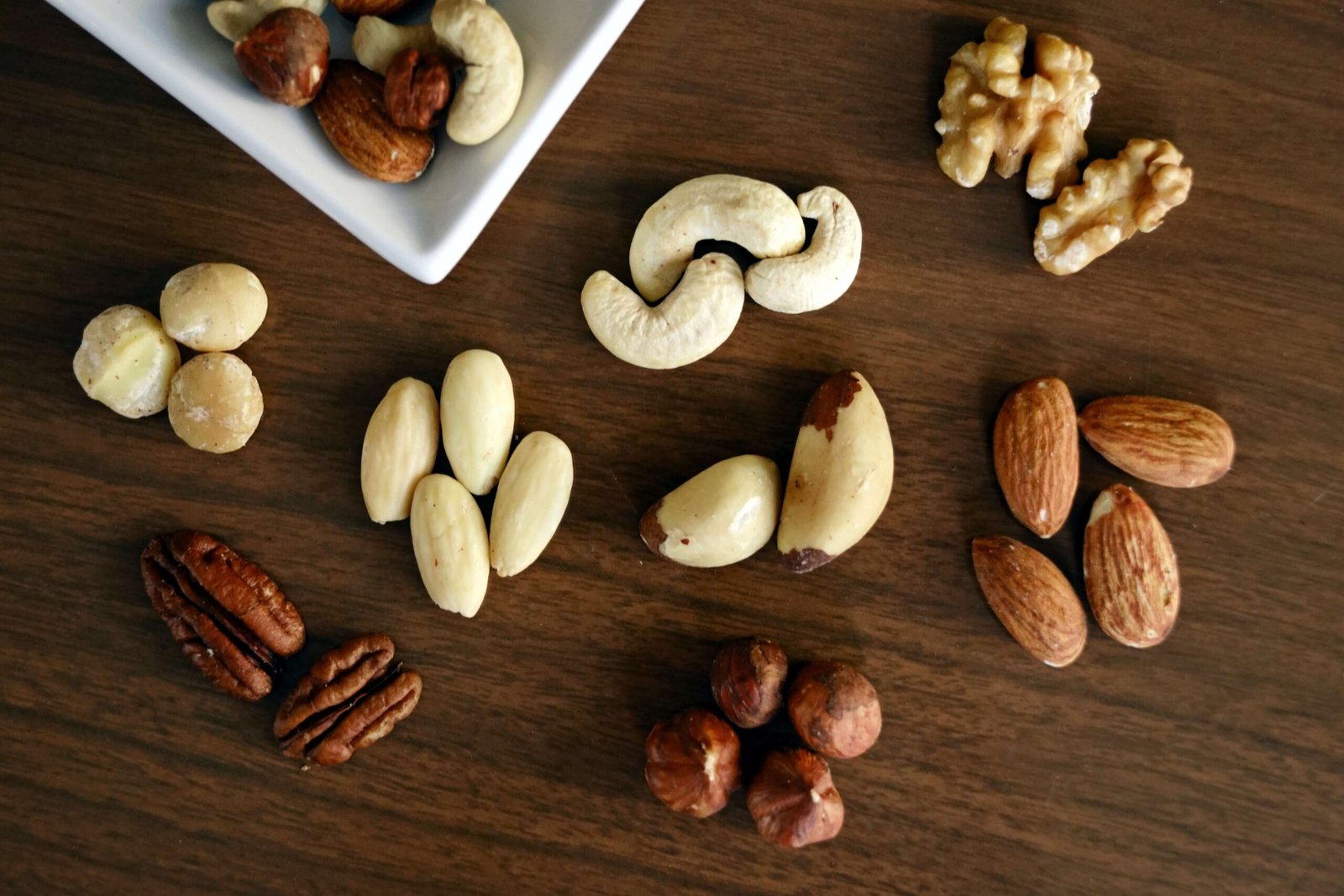
Iron can be found in a wide variety of nuts and seeds. They taste noteworthy on their own, in salads, or sprinkled with more than yogurt.
Hemp seeds, cashews, pistachios, and pumpkin seeds are several of the nuts and seeds that acquire iron.
Iron is additionally found in almonds. Healthy consumption is great, but since they’re high in calcium, their iron-raising effects may be less than they could be.


